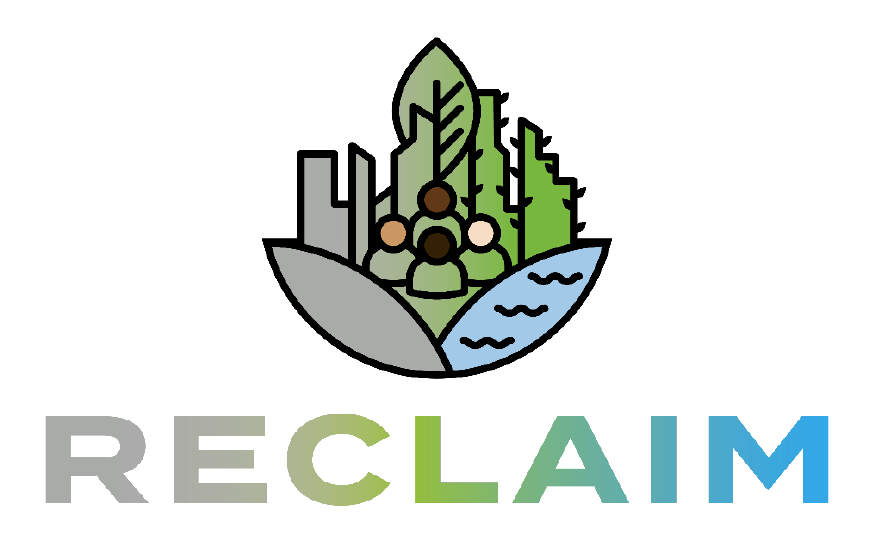Community perceptions of new greenspace interventions: The case of Rhyl in North Wales
The research team from the UK Centre for Ecology & Hydrology and Bangor University have been working in partnership with Denbighshire County Council to model the benefits of existing and planned green infrastructure (GI) in Rhyl, and assess the community’s perceptions of these environmental changes happening in their neighbourhood.
As part of its Climate and Ecological Change Strategy, Denbighshire County Council is delivering urban GI interventions including tree planting and establishing wildflower meadows. This Rhyl case study enabled the research teams to quantify and compare the benefits of two planned and four existing GI schemes and calculate the values based on data for noise, carbon and air pollution.
In addition to analysis of environmental data, this project gathers and analyses people’s views and perceptions of these greenspace interventions. The research team aims to find out:
1) whether the type of new GI affects its acceptability and people’s engagement
2) whether the provision of specific information about co-benefits change perceptions and engagement
3) to what extent the perceptions of residents in Rhyl reflect perceptions across the UK
National Survey
The team conducted a large UK-wide survey to gather nationally representative responses about tree planting and establishing wildflower meadows. Respondents were asked to consider these GI initiatives from the perspective of their local area and as though delivered by their own local councils. Half of the participants received additional information about the benefits of trees and wildflower meadows ahead of the questions, allowing the team to assess whether providing this information affected perceptions, and whether such key facts would be reproduced in the free-text responses.
Rhyl Residents Surveys and Interviews
The team shared the same online survey with Rhyl residents to compare views concerning benefits and decision-making and evaluate them against the wider views of the UK population. A key part of the Rhyl data collection is face-to-face interviews with residents, conducted to identify people’s perceptions of GI benefits, (mis)conceptions of reasons and rationales behind schemes of this kind, and sentiments concerning decision-making processes.
Half of participants receive further additional information ahead of the interview, including the calculated values based on Denbighshire data to assess effects of enhanced understanding on perception and buy-in to these GI schemes. At the end of the interview each participant would have gained greater awareness of the local GI plans, benefits and contact information, including ways to take part and to maintain new GI sites as safe and clean public spaces.
Next Steps
Data gathering is nearly complete, and we are about to start analysing the surveys and interviews. Our results will inform future GI planning and we will produce guidance from this trans-disciplinary study, which can help both councils and residents through improved future design of local green infrastructure.
This work has been supported by the UKRI-funded RECLAIM Network Plus grant (EP/W034034/1).
Prof Thora Tenbrink (Director of the College of Arts, Humanities, and Business Research Institute) , Dr Sofie Roberts (Research Officer) at Bangor University and Prof Laurence Jones, Principal Scientist (UKCEH).


